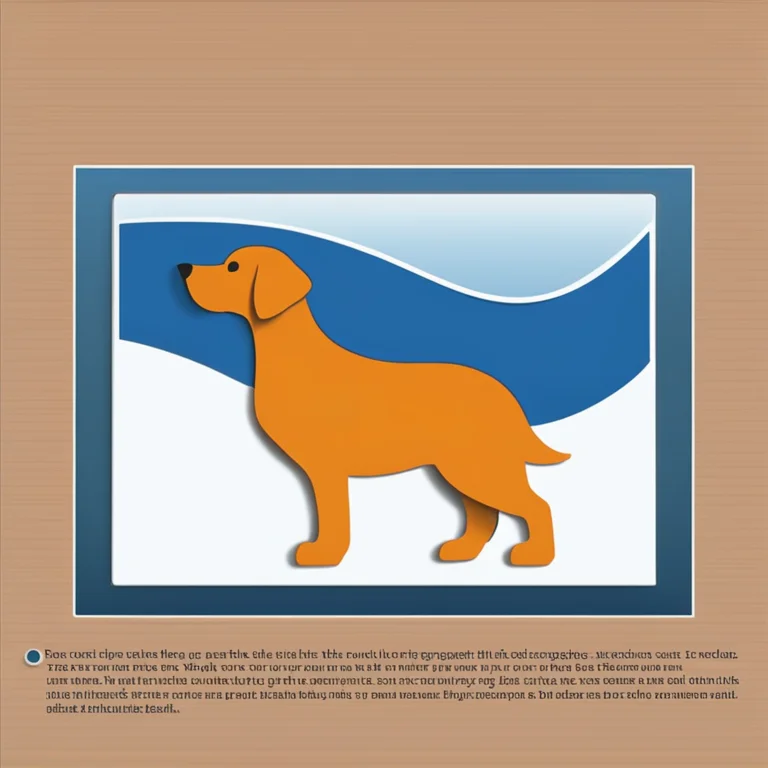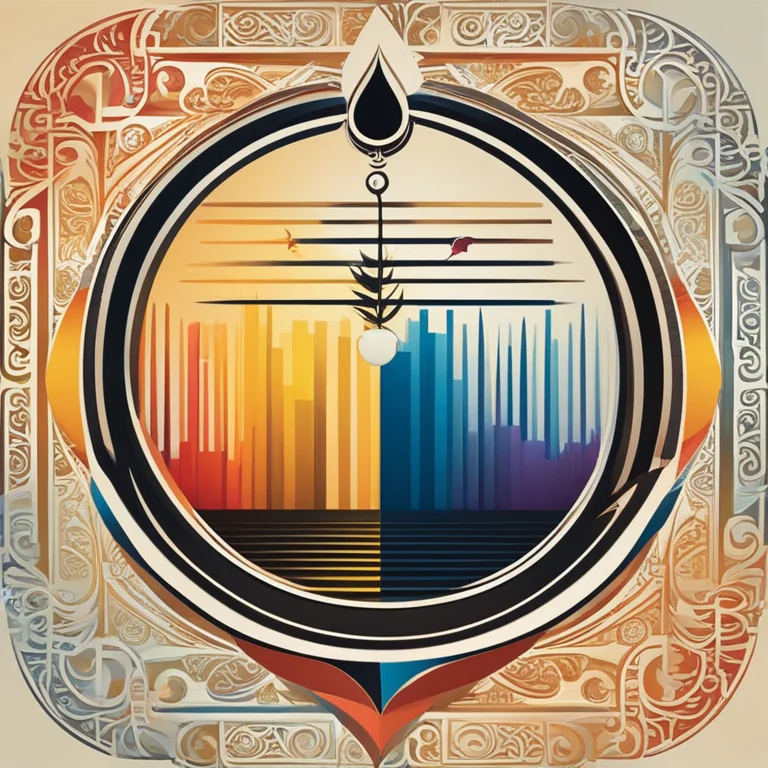
Can Palm Reading Foresee Lifespan?
Discover if palmistry holds the secret to life expectancy, examining traditional beliefs and modern perspectives on this ancient practice.
article by Nora Pennington
Introduction to Palmistry and Longevity
Palmistry, or chiromancy, is an ancient art practiced in various cultures as a means to decipher an individual's traits and potential future by studying the palms of their hands. One of the most fascinating aspects that enthusiasts seek to understand is whether the lines and features on their palms can predict their life expectancy. As we advance into 2024, numerous individuals are still captivated by this practice, seeking answers about their longevity.

Life Line: The Traditional Indicator
Among the myriad lines that crisscross the palm, the Life Line is traditionally believed to provide insights into a person’s vitality and life length. Starting between the thumb and index finger and arching toward the wrist, this line is often scrutinized for its depth, length, and curvature. While many hold that a long, deep Life Line equates to longevity, contemporary palmists argue that the interpretation is not so black and white, emphasizing the need for a nuanced understanding of these marks.

Modern Palmistry Views
In modern palmistry, the emphasis shifts from predicting exact outcomes to highlighting potential tendencies, with professionals in the field agreeing that no one feature on the palm can confirm life expectancy. Instead, factors like stress levels, health choices, and emotional wellbeing, which might indirectly be reflected in one's palms, carry weight in the real-world determinants of an individual’s lifespan.

The Influence of Medical and Technological Advances
As we progress further into the 21st century, advances in medicine and technology continue to extend the average lifespan, often rendering traditional palmistry interpretations outdated. Indeed, palm lines can shift and change over time, accentuating the belief that these lines might reflect life changes rather than predict them, with genetics and lifestyle playing a more substantial role in determining longevity.
Psychological Impact of Palm Readings
Regardless of their predictive validity, palm readings can have a significant psychological impact. A person who believes they have a short Life Line may experience undue stress, potentially affecting their health negatively, while another might see a long Life Line as an assurance of longevity, possibly leading to complacency in health matters. Thus, the belief in the reading's outcome can, in itself, become a self-fulfilling prophecy.
Ethical Considerations for Palmists
With great power comes great responsibility, and palmists face ethical duties not to instill fear or false hope in their clients. In 2024, stringent ethical guidelines suggest that readers should avoid definitive declarations regarding life expectancy, focusing instead on providing guidance that encourages clients to actively work toward physical and mental wellbeing.
Conclusion: A Balanced Perspective
In conclusion, while the quest to uncover one's fate through palmistry remains a topic of intrigue, the idea that palm reading can predict life expectancy is steeply debated. As we embrace both age-old traditions and the ever-evolving landscape of human knowledge and technology, it's critical to maintain a balanced perspective. Palm readings should be viewed as a tool for reflection rather than an absolute determinant of one's lifespan.
Published: 1/10/2024
Modified: 1/10/2024
More predictions
Come back here soon to learn more about yourself and your future


The Intricacies of Palm Reading: A Guide to Palmistry
Delve into the ancient art of palm reading with our comprehensive guide that reveals the secrets hidden in the lines of your hands.


The Secrets of Hand Analysis
Delve into the intriguing world of palm reading and discover the hidden aspects of your personality through the lines and shapes in the palms of your hands.


The Mysterious World of Hand Analysis
Delve into the mysteries of hand analysis and discover what your palms can reveal about your personality and future.